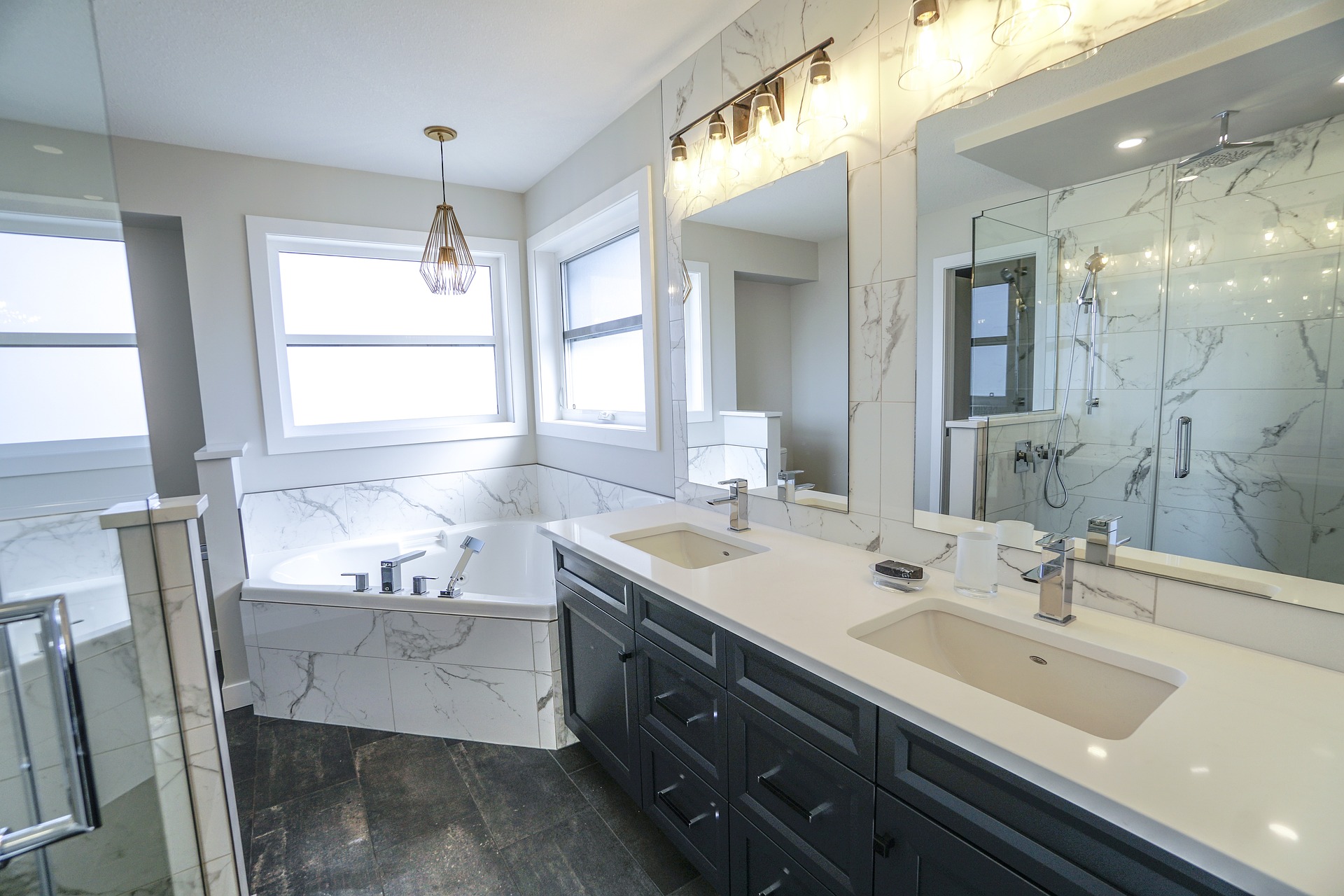Ventilation techniques to prevent mold in wet zones
Preventing mold in wet zones requires practical ventilation strategies combined with thoughtful material and layout choices. This article outlines targeted approaches—from extractor placement and passive vents to heating balance and smartfixtures—that reduce humidity, protect tiles and plumbing, and support long-term durability in showers, vanities, and other moisture-prone areas. Recommended maintenance and design considerations are included.
Moisture accumulation in wet zones encourages mold growth and accelerates wear on finishes, plumbing, and fixtures. Effective ventilation reduces relative humidity, shortens drying times after showers or baths, and protects tiles, grout, and surrounding joinery like vanities. Good ventilation strategies consider both active systems (mechanical extractors, heat-recovery units) and passive elements (air paths, door undercuts, window vents), while aligning with layout and renovation goals to preserve indoor air quality and finish longevity.
How does ventilation affect mold and layout?
Ventilation directly influences how quickly moisture leaves a space after use. In compact or enclosed layouts, stagnant air lets humidity linger and raises mold risk on grout, caulk, and behind cabinets. Designing air paths—placing return vents or undercutting doors—helps exchange room air with dryer ambient air. Consider layout decisions that avoid completely sealed wet zones unless you install appropriately sized mechanical extraction to maintain air exchanges per hour and to keep relative humidity below levels that favor mold.
What role do shower, tiles, and plumbing play?
Showers produce the highest short-term moisture loads, and tile and grout surfaces can trap water in porous joints. Properly sloped shower floors, sealed grout, and durable waterproofing membranes are essential. Plumbing leaks are a chronic moisture source, so regular inspection and quick repairs limit hidden dampness behind tiles and walls. Combining leak-resistant fittings with accessible inspection points reduces the chance of unnoticed water that can feed mold.
How to integrate ventilation with vanity, storage, and lighting?
Vanities and enclosed storage can trap moist air if they sit against wet-zone walls; install ventilation clearances or vents within cabinetry to allow circulation. Adjustable extractor fans positioned to draw air from the shower toward an exterior vent help protect nearby storage. Lighting choices matter too: heat-generating fixtures can assist drying when properly rated for wet areas, but should not substitute for dedicated ventilation. Select moisture-rated lighting to maintain safety while considering its minimal impact on humidity.
Can heating, smartfixtures, and sustainability help control moisture?
Balanced heating reduces condensation on cold surfaces such as tiles and mirrors. Gentle background heat paired with timed extract fans can accelerate drying after use without wasting energy. Smartfixtures—humidity-sensing fans and thermostats—automate extraction and heating based on measured conditions, improving comfort and efficiency. For sustainability, choose energy-efficient fans (look for low Sone and high airflow efficiency) and consider heat-recovery ventilation when integrating with whole-home systems to retain warmth while removing moisture.
How does accessibility and biophilic design influence wet-zone ventilation?
Accessible wet zones favor open circulation and barrier-free showers, which can assist ventilation by avoiding small, trapped volumes of air. Incorporating natural materials and biophilic elements—moisture-tolerant wood alternatives, resilient plants in appropriate locations—improves perceived comfort but requires attention to humidity control to prevent plant-related moisture or decay. When planning accessible layouts, ensure that grab rails, recesses, and cabinetry do not block airflow or shield surfaces from extractors.
What to consider during renovation and ongoing maintenance?
During renovation, prioritize airtightness in building envelopes combined with dedicated extract paths from wet zones to the exterior. Install ductwork with smooth runs, properly sized fans, and backdraft dampers to prevent external air infiltration. Establish maintenance routines: clean fan grilles, inspect grout and sealants, and check plumbing joints annually. Monitoring relative humidity in the room can help identify persistent issues early and guide adjustments to fan runtime or heating schedules.
This article is for informational purposes only and should not be considered medical advice. Please consult a qualified healthcare professional for personalized guidance and treatment.
Effective ventilation in wet zones is a blend of design, equipment, and upkeep. Thoughtful placement of extractors, integration with heating and smartcontrols, attention to materials like tiles and sealants, and accessible layouts all reduce the conditions that allow mold to establish. Regular inspection of plumbing and finishes, combined with automated or manual ventilation practices, supports durable, healthier wet zones without relying on unverified or promotional claims.






